Rock Climbing Pulley Injury
You feel a sharp pain across your finger after a long day of hanging on crimpers. Your finger is swollen and difficult to bend. You may have heard a snap or pop while pulling hard on a particular hold. It is likely that you strained or tore a pulley ligament in your finger.
The muscles in our forearms extend into long narrow tendons as they reach into the fingers. These tendons run through sheaths and are anchored down by pulleys that keep the tendons gliding flush to the bones. When excessive strain is placed on the finger tendons, the pressure exerts an outward force on the pulley, which may cause it to tear. This is one of the most common climbing injuries, but lucky for you, it can be prevented by changing your movement patterns and some targeted physical therapy exercises.
What to look for:
Different grips place varied amounts of stress on the tendons and pulleys in the fingers.
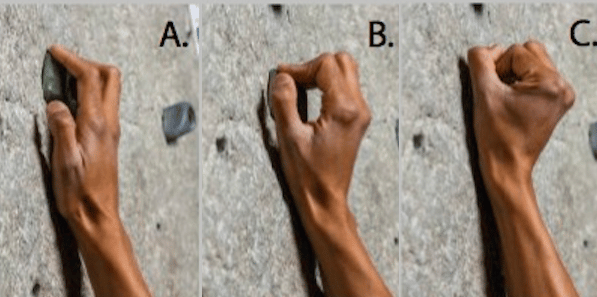
- A: The open-hand grip exerts minimal stress and is the preferred grip position in most circumstances.
- B: The full-crimp grip, characterized by hyperextension of the final joint in the fingers, exerts maximal stress and should be used only when necessary.
- C: The full-crimp grip with thumb opposition is the preferred grip when a full crimp grip is mandatory. The thumb lock decreases the stress on the tendons and pulleys.
The Debate:
There is a lot of debate in the climbing community form experts on what grips stress the pulley the most. Full crimp grips regardless of thumb position are dangerous and should be used as little as possible. However, if it is mandatory in some circumstances during climbing, the thumb may give some added support. I debated this question for a while and opinions are varied but there is research support. There is an article, I am linking it here to download that studied the crimp with and without the thumb and came to the conclusion that with the thumb lock 17% more total force was exerted without any additional strain to the middle and ring fingers (which are the most susceptible to pulley injuries).
Best prevention exercise:
Finger expansions: perform 3 sets of 10 repetitions
This exercise strengthens the muscles in the hand and the muscles that move the fingers. This can help oppose pressure on the finger pulleys.
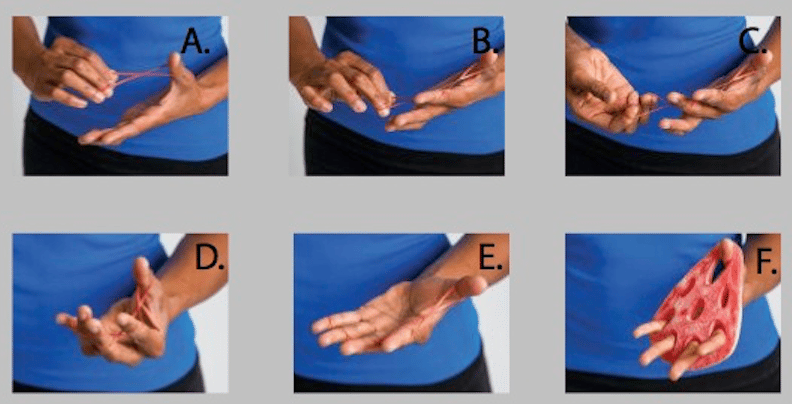
Putting on the rubber band:
- A: Start with a rubber band around your thumb.
- B: Rotate one half turn clockwise and loop it over your index finger.
- C: Rotate one half turn counter-clockwise and loop it over your middle finger. Repeat this pattern until all fingers are connected.
The exercise:
- D: Begin with your fingers flexed forward.
- E: Fully spread your fingers outwards against the resistance.
- F: This can also be performed with specialty equipment such as the TheraBand Hand Xtrainer
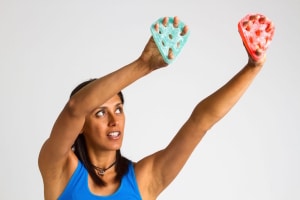
Mirror a climbing stance:
- E: Perform the finger expansion exercise in a partial squat with both hands over your head. Integrating the finger expansions into this stance is more effective because it closely simulates the body position while climbing.
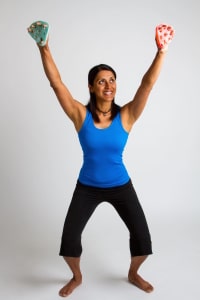
Apply it while climbing:
Over 44 percent of climbing injuries occur in the hand and yet many of those are caused by improper movements in the lower body. When climbing, make sure to keep the weight in your feet to take the stress off the tendons and pulleys in your hand. Utilize a proper climbing warm-up and open-hand grips as much as possible. When a full-crimp grip is absolutely necessary, try to use a thumb lock to take the stress off of the pulley and tendons.
References:
- Silfverskiold KL, May EJ. Flexor tendon repair in zone 2 with a new suture technique and an early mobilization program combining passive and active motion. J Hand Surg 1994;19A:53–60.
- Groth GN. Pyramid of progressive force exercises to the injured flexor tendon. J Hand Ther 2004;17(1): 31–42.
- Cannon NM, Strickland JW. Therapy following flexor tendon surgery. Hand Clin 1985;1:147.Skirven TM. Rehabilitation after tendon injuries in the hand. Hand Surg 2002;7(1):47–59.
- Wadsworth C, ed. Current Concepts of Orthopaedic Physical Therapy. La Crosse, Wis: Orthopaedic Section, APTA Inc; 2001:10.
- Manske PR, Lesker PA. Nutrient pathways of flexor tendons in primates. J Hand Surg Am. 1982;7:436–444.
- Aoki M, Kubota H, Pruitt DL, Manske PR. Biomechanical and histological characteristics of canine flexor repair using early postoperative mobilization. J Hand Surg Am. 1997;22:107–114.
- Boyer MI, Goldfarb CA, Gelberman RH. Recent progress in flexor tendon healing. J Hand Ther. 2005;18:80–85.Horst, Eric. Training for climbing. Helena, Montana: FalconGuides; 1st edition, December 1, 2002.
Special thanks to Ari Kirsch for photography: You can contact him at awktheclimber@gmail.com
- Disclaimer – The content here is designed for information & education purposes only and the content is not intended for medical advice.


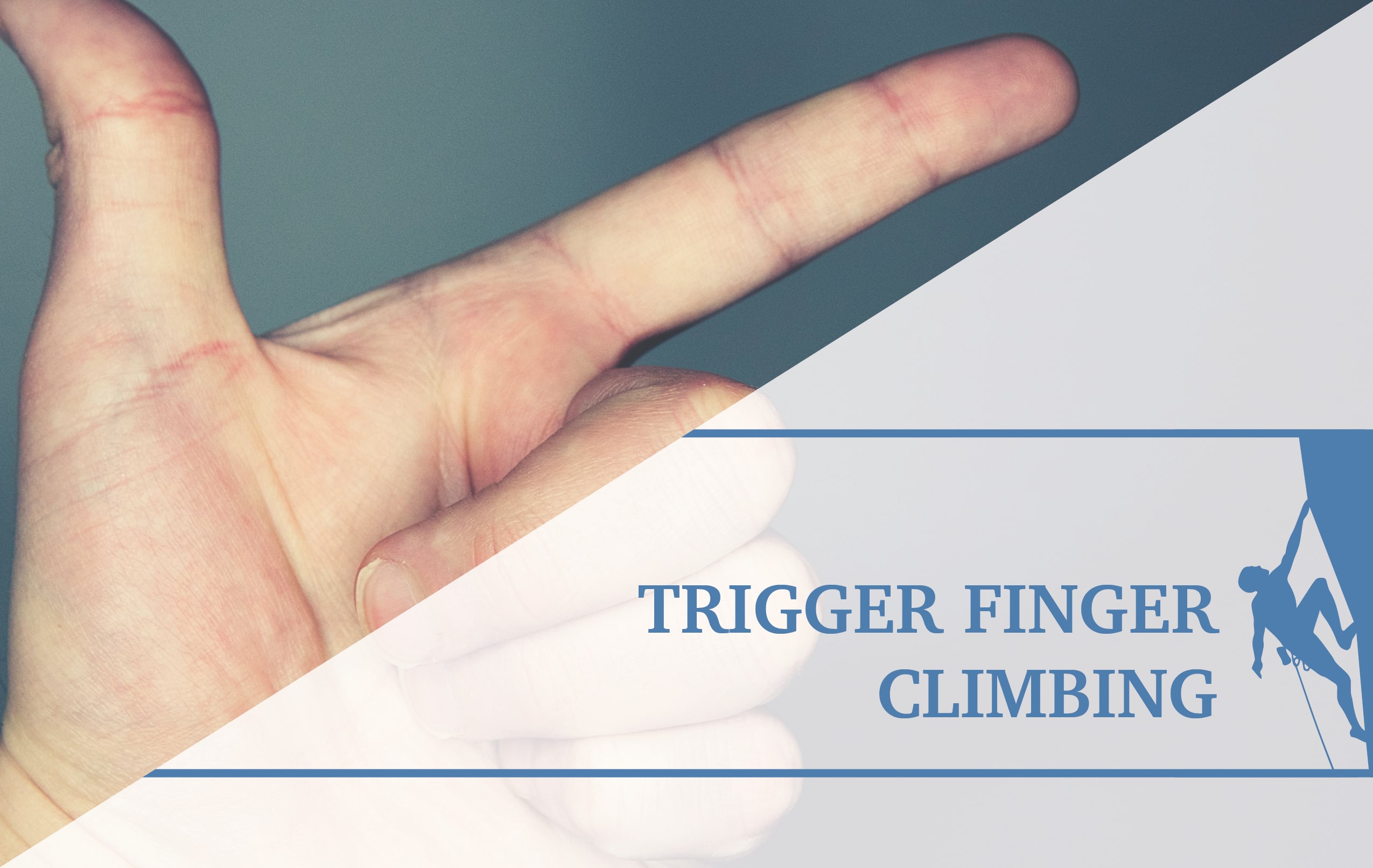
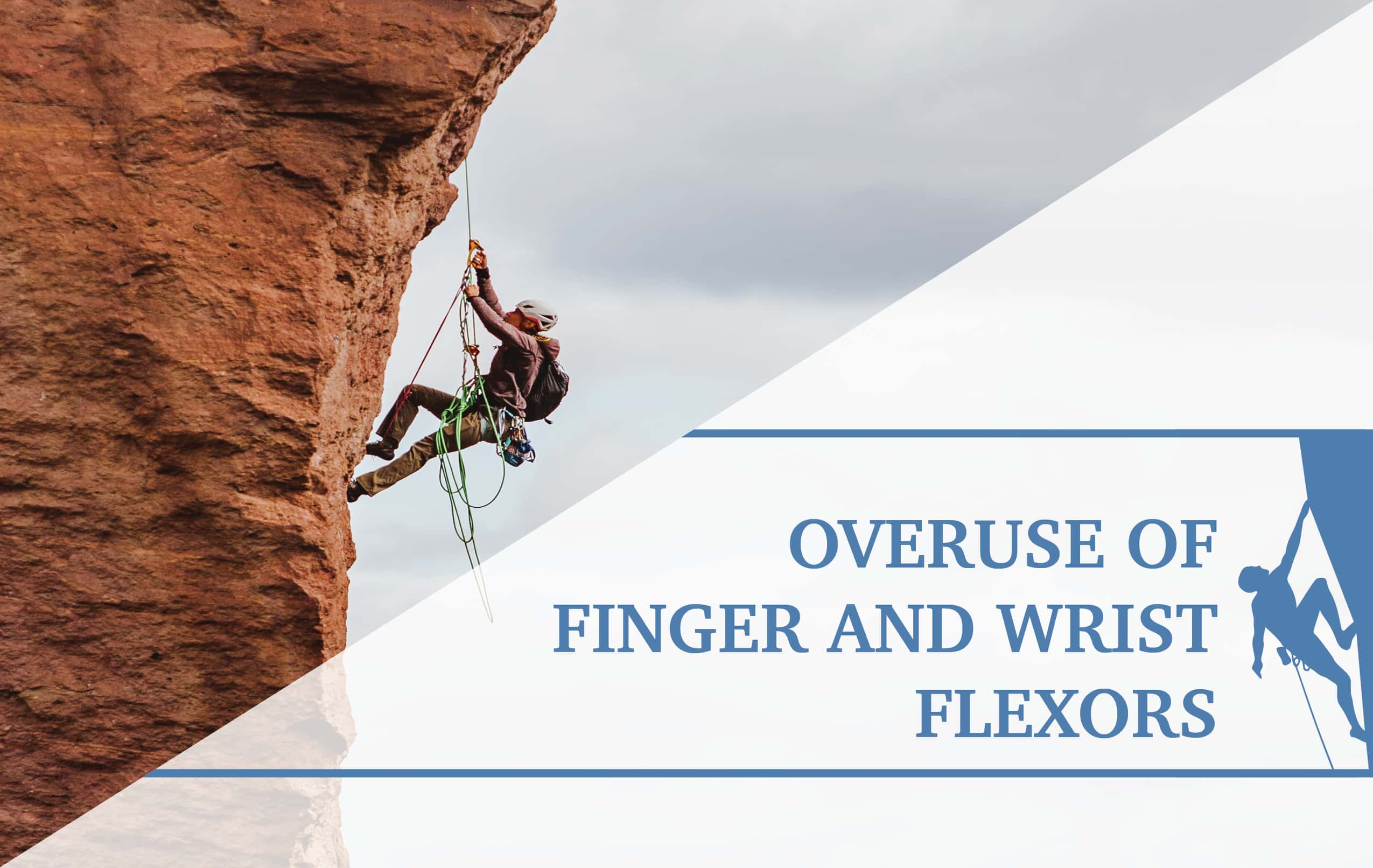

Is opening your hand in a rice bucket a valid substitute exercise?
Yes. Any exercise that works the finger extensor muscles can be substituted. So a rice buckets works as well. The main added benefit of using a rubber band over a rice bucket is that you can orient your hand into positions that would encounter while climbing while the with rice bucket you cannot. Your hands can only point downward.
I tore an A4 pulley two months ago and still get pain whenever I inadvertently use that finger. Do you have any advice for speeding up the recovery?
Recovery follows three stages. Mobility, Strength and Movement. The first stage is regain normal range of motion after an injury to the finger. After a pulley injury scars down the finger becomes stiff and inadvertent movements can cause strain. Tendon glides can help with that stage. Then comes antagonist muscle strengthening, then strengthening the injured site then improving your movement patterns.
Click here and watch the end of this video to see tendon glides
[…] Rock Climbing Pulley Injury […]
[…] for now, you can do a few sets of this rubber-band finger antagonist exercise each week to help prevent finger blowouts, and, if you do have a finger mishap, check out this […]
Listened to your podcast with chris at the enormocast. And just wanted to say this is great. Glad someone is puting out short, simple, and effective climbing exercises to prevent injury and climb harder. This one is my favorite so far. Keep up the good work!